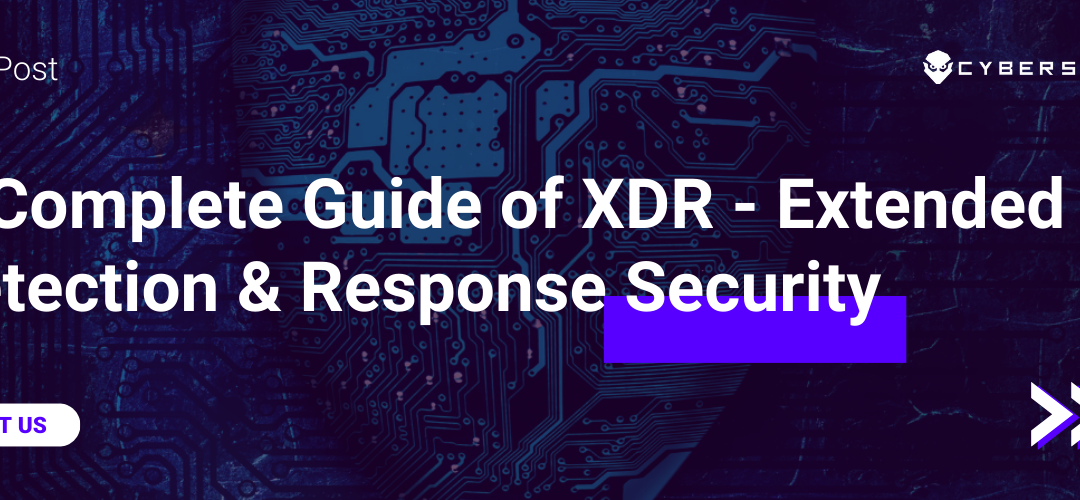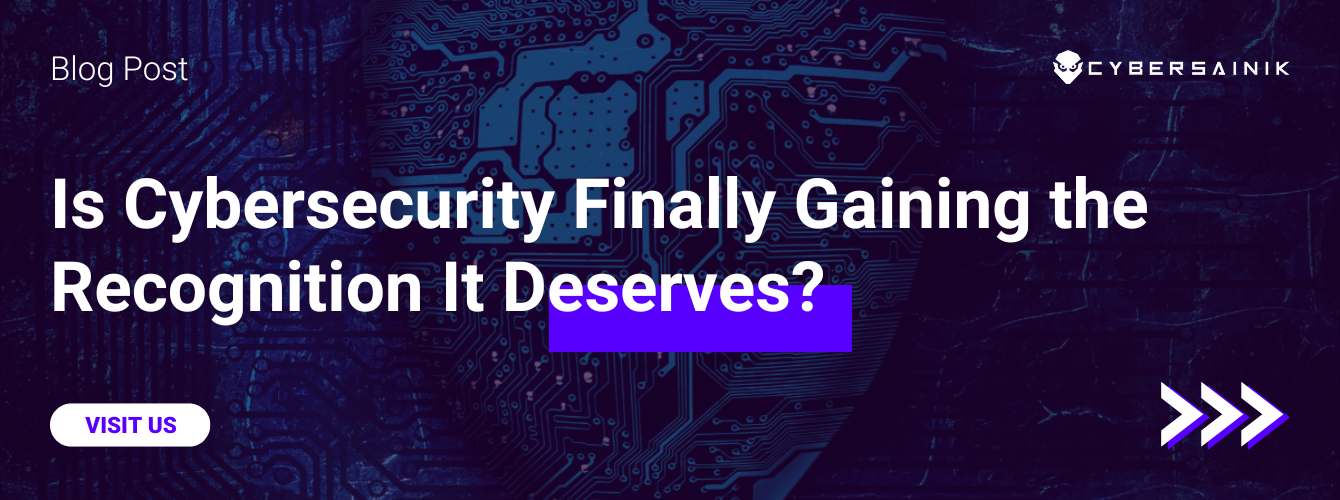If you’re like most business owners, you’re always looking for new and innovative ways to keep your data safe. You may have heard of XDR – Extended Detection & Response Security, and you’re wondering what it is and whether or not it’s the right solution for you. This blog post will discuss what XDR is, how it works, and why it’s such an important security measure for businesses today. We’ll also discuss EDR & MDR so that you can make an informed decision when you’re thinking about one. So read on to learn all about XDR
What Is XDR?
XDR is a security term that stands for Extended Detection & Response. It’s an approach to cybersecurity that allows organizations to detect and respond to threats across the entire attack continuum, from initial compromise to full data breach. XDR builds upon the concepts of EDR (Endpoint Detection and Response) by adding detection and response capabilities for additional data types and systems beyond just endpoint data. This makes XDR a more comprehensive solution that can provide better visibility into and protection against security threats.
How Does XDR Work?
XDR is a next-generation endpoint security solution that uses machine learning and behavioral analytics to detect and respond to threats in real-time. It can protect your organization from ransomware, malware, and other advanced threats. XDR’s machine learning algorithm is constantly learning and improving, so it can identify new threats as they emerge. And its behavioral analytics engine monitors all activity on your network, looking for any suspicious or aberrant behavior that could indicate a threat.
When XDR detects a threat, it automatically responds with the appropriate action, such as quarantining the file or blocking the IP address. And because XDR is cloud-based, updates and new definitions are automatically deployed across all of your devices. There are four key components of XDR: data collection, data analysis, threat detection, and response.
Data Collection
The goal of data collection is to collect information from a variety of security tools and strategies. The XDR platform uses this data to analyze it.
Data Analysis
Data analysis is the process of reviewing the collected data to look for patterns and indicators of compromise. This step is crucial for identifying threats that may have otherwise gone undetected.
Threat Detection
Threat detection involves identifying actual threats from the data that has been collected and analyzed. This is typically done using a combination of machine learning and human expertise.
Response
Response is the final stage, and it entails taking action to mitigate or neutralize the threat. This may involve anything from blocking malicious traffic to isolating infected systems.
What Are the Benefits of XDR?
1. Improved Prevention Capabilities
Extended detection and response (XDR) is a security solution that provides better visibility and protection against threats. It builds upon the traditional SIEM model by adding new capabilities such as file analysis, behavioral analytics, and machine learning. These features help to improve the accuracy of detections and provide faster incident response.
2. More Granular Visibility
XDR provides more granular visibility into the activities of users and devices on the network. By collecting data from multiple sources, it is able to provide a comprehensive view of activity across the enterprise. This includes both malicious and benign activity, which helps security teams to better understand what is happening on their networks.
3. Operation-Centric Approach to Security
XDR takes an operation-centric approach to security. This means that it focuses on the actions of users and devices rather than the data they generate. By understanding the context of the user and device activity, it is able to provide better visibility into potential threats. Additionally, this approach helps to reduce false positives and improve incident response times.
4. Instantaneous Detection and Response
XDR provides instantaneous detection and response to threats. This is possible because of real-time analysis of data from multiple sources. Additionally, it uses machine learning to continually improve its threat detection capabilities. As a result, security teams can quickly and effectively respond to incidents.
5. Operational Proficiency
XDR gives a more proactive and preventive approach to security. By using machine learning and behavioral analytics, it is able to detect threats earlier in the attack lifecycle. Additionally, it provides a closed-loop feedback loop that helps to continuously improve the efficacy of security operations. It’s also more efficient than traditional security solutions. This is because it automates many of the manual tasks that are required for detection and response. Finally, XDR provides a centralized platform for managing security operations. This helps to reduce the overhead associated with managing multiple security products.
XDR vs. EDR & MDR: What’s the Difference?
There is a lot of confusion when it comes to XDR vs. EDR & MDR in data security. To understand the difference, you first need to understand what each one stands for.
XDR stands for Extended Detection and Response. This type of data security monitoring detects, analyzes, and responds to threats that have already infiltrated your system. It’s designed to provide a more holistic view of your system so you can see not only where the threat originated but also how it’s spread throughout your network. EDR, on the other hand, is Endpoint Detection and Response.
This type of data security monitors individual endpoint devices for signs of malicious activity. If a threat is detected, EDR can help you track down the source and contain the damage. MDR, finally, means Managed Detection and Response. This is a type of data security service that combines the best of both XDR and EDR.
What Is the Best Option for You?
It really depends on the specific needs of your organization. If you’re looking for a more comprehensive view of your system and how threats are spreading, then XDR may be the best solution for you. If you’re primarily concerned with endpoint devices, then EDR may be a better fit. And if you want a combination of both, then MDR may be the right choice. The important thing is to assess your needs and choose the solution that will best protect your data. Whichever one you choose, make sure it’s from a reputable provider so you can be confident in its ability to keep your system safe.
Contact Cyber Sainik for All Your Data Security Needs!
At Cyber Sainik, we offer all three types of data security solutions: XDR, EDR, and MDR. We can help you assess your needs and choose the right option for your organization. Contact us today to learn more about our data security services.




